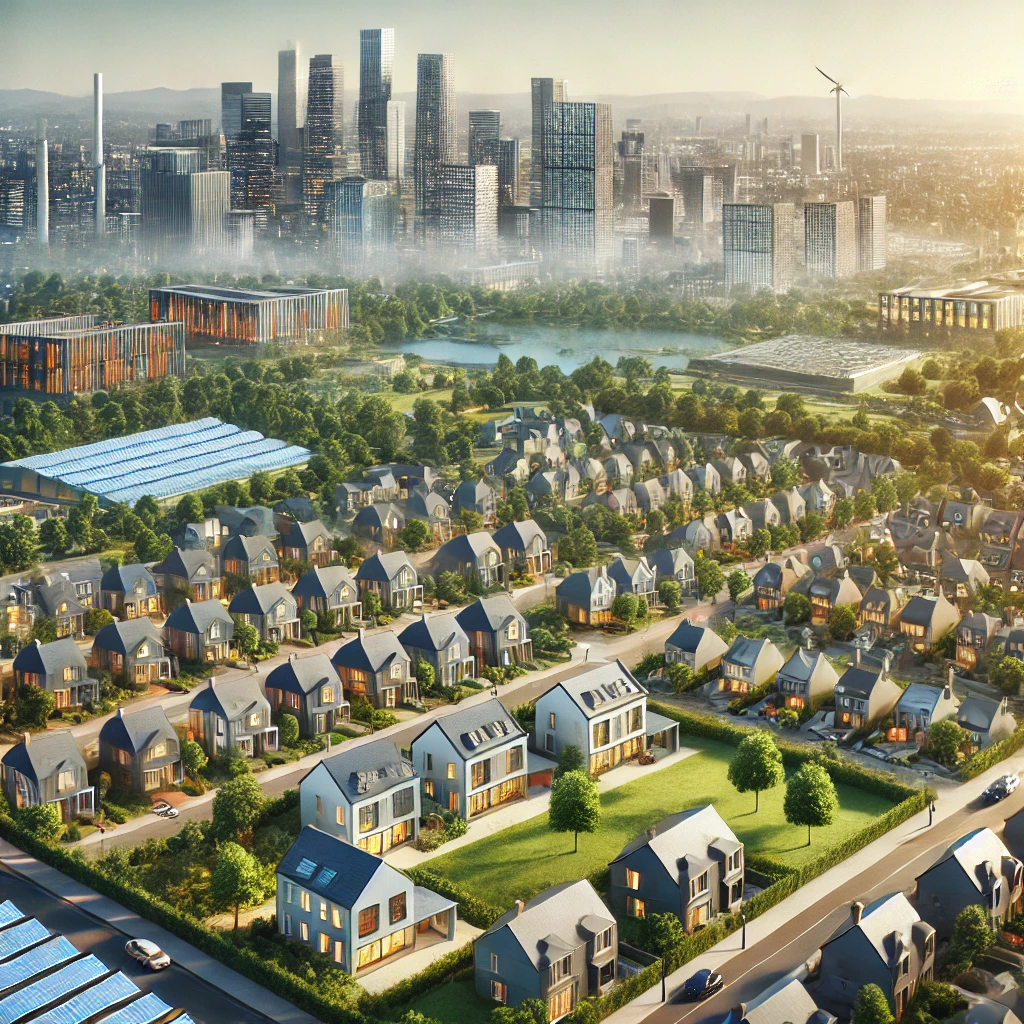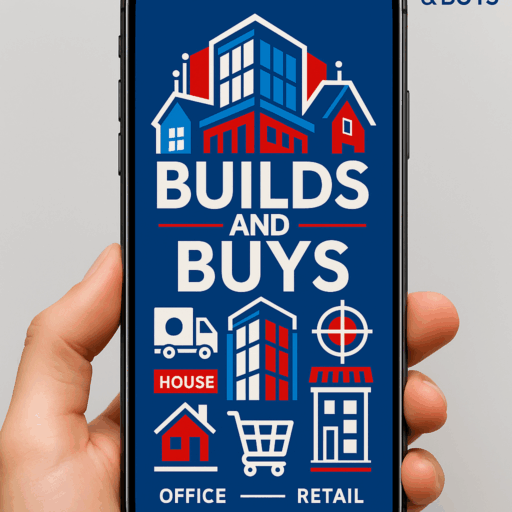
Check out our app!
Explore more features on mobile.
Emerging Real Estate Trends to Watch
Published on 2025/01/28
Real estate is constantly evolving, with new technologies, market forces, and consumer preferences shaping the industry. Whether you’re a homebuyer, investor, or seller, staying on top of emerging trends can help you make informed decisions and seize the right opportunities.

1. Shift Toward Suburban and Smaller Cities
With remote work and flexible schedules, many people are leaving major urban centers for more affordable suburban areas or smaller cities. This shift presents opportunities for real estate investors to enter less-saturated markets primed for growth. As these new residents bring demand for schools, amenities, and retail options, property values are likely to rise.
2. Greater Focus on Energy Efficiency
Sustainability is no longer just a buzzword—buyers and renters increasingly want homes that lower utility bills and reduce environmental impact. Properties featuring solar panels, smart thermostats, and upgraded insulation often command premium prices. Savvy investors and developers are using eco-friendly construction materials and green technologies to future-proof their assets.
3. Rise of the “Work-From-Home” Floor Plan
As remote or hybrid work arrangements become the norm, dedicated office spaces are now a top priority. Homes with extra rooms that can convert into offices—or open floor plans that can be sectioned off—are attracting significant interest. Agents highlight “zoom rooms,” built-in shelving, and ergonomic lighting as essential features for modern buyers.
4. Technology-Driven Transactions
From virtual tours and e-signatures to blockchain-based property records, technology is reshaping how people buy, sell, and manage real estate. The pandemic accelerated the adoption of virtual showings, enabling buyers to browse homes from anywhere. E-closing platforms and remote notarizations simplify the paperwork process. As digital tools go mainstream, agents embracing them will streamline transactions and outpace competitors.
5. Build-to-Rent Communities
In many hot rental markets, build-to-rent (BTR) communities—single-family or townhouse developments designed specifically for renting—are on the rise. Institutional investors pour capital into these communities because they combine the privacy of a single-family home with the simplicity of renting. Tenants benefit from modern layouts, on-site amenities, and professional property management.
6. Co-Living and Micro-Apartments
Meanwhile, major cities are seeing more co-living spaces and micro-apartments. Rising urban housing costs push renters toward compact, cost-effective solutions, where they can share amenities or trade square footage for a prime location. Investors capitalize by renovating buildings to incorporate shared kitchens, coworking lounges, and community events.
Whether you’re a first-time homebuyer seeking a remote-work-friendly layout, a seller marketing eco-conscious features, or an investor scouting suburban hotspots, staying on top of emerging real estate trends can help you succeed. By anticipating changes in consumer preferences and adopting tech-driven tools, you’ll be better positioned to thrive in an evolving market—and turn these trends into tomorrow’s opportunities.
Real Estate News And Knowledge
Stay informed with the latest trends, insights, and updates in the real estate world.
Your Tools
Access your tools to manage tasks, update your profile, and track your progress.
Collaboration Feed
Engage with others, share ideas, and find inspiration in the Collaboration Feed.





Leave a Comment